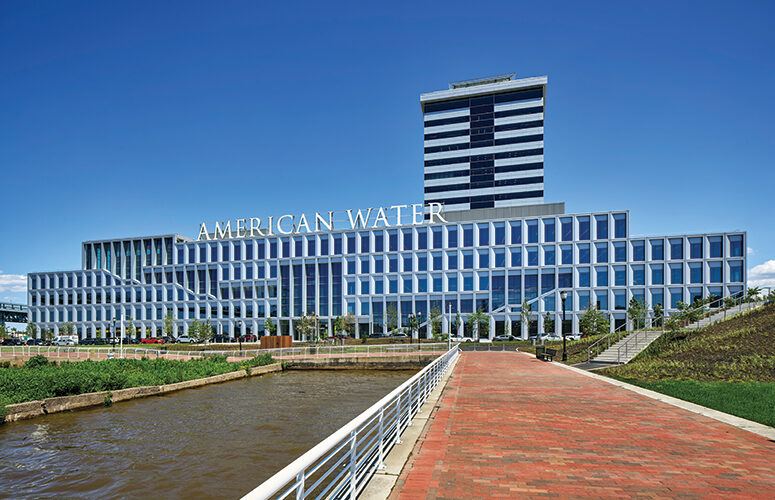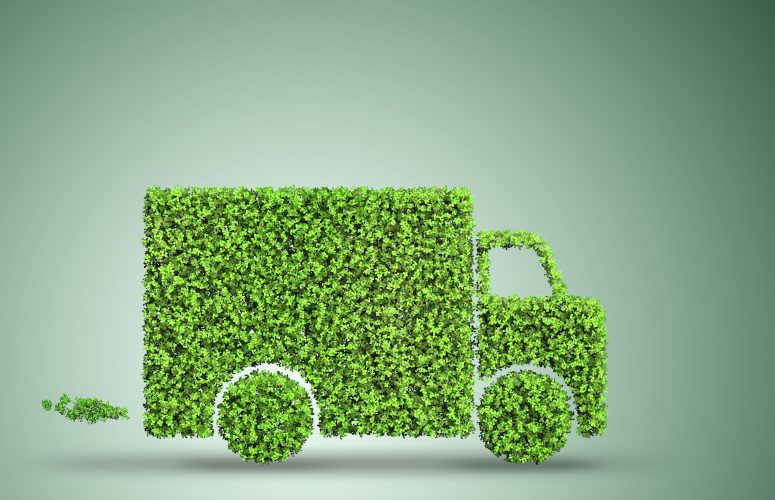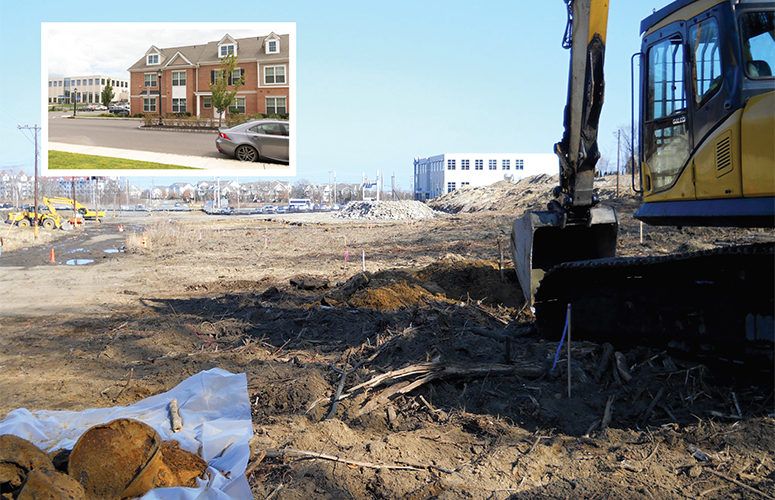
Creating Sustainable Buildings
In today’s eco-conscious world, buildings are being constructed to be more environmentally friendly than ever before.
By Jim Pytell, Managing Editor On May 4, 2022According to the Environmental and Energy Study Institute (EESI), residential and commercial buildings are responsible for nearly 40% of US carbon dioxide emissions. These buildings, ranging from schools, hospitals, houses, hotels and more, use about 40% of the country’s energy for lighting, heating, cooling and appliance operation.
The energy demands of buildings are enormous, which makes finding ways to design and build more energy efficient buildings a key step to reducing emissions and protecting the environment.
Green building is a practice that builds upon, and extends beyond, the classic building design concerns of economy, utility, durability and comfort, and aims to create structures using processes that are environmentally responsible and resource-efficient throughout a building’s life-cycle.
Green buildings can also be certified – with perhaps the most well known being the LEED certificate (Leadership in Energy and Environmental Design).
The LEED certificate, developed by the U.S. Green Building Council (USGBC), is a building design certification program that’s meant to evaluate and recognize environmentally-positive attributes in a structure’s architecture, construction and use.
According to the USGBC, LEED-certified buildings have reported 34% lower carbon dioxide emissions, and use 25% less energy and 11% less water than other buildings.
LEED-certified buildings have also reported almost 20% lower maintenance costs than typical commercial buildings, and green building retrofits typically decrease operation costs by almost 10% in just one year, according to the USGBC.
Vincent Myers, AIA, LEED AP, president of New Brunswick-based DIGroup Architecture, says that LEED certification can be required for things such as various zoning allowances, construction certifications and permits, tax credits and other benefits.
Though not all projects are required to be certified, there has been an increasing interest by developers to create buildings that meet certain sustainability benchmarks that can set projects up to be certified in the future.
Myers says that today, you will often see large bureaucracies institute the highest level of certification for a building that they can get, because their constituencies demand it.
“You see it in large bureaucracies, state and local governments and the federal government – they set an example,” Myers says. “It then trickles down to private developers. Some of them always wanted to have more sustainable measures in their buildings, some are being forced to do it, some are doing it because their competition is doing it. You are seeing more and more emphasis being placed on sustainable design.”
One example of a LEED certified building in New Jersey is American Water’s headquarters on the Camden waterfront, which opened in 2018 and was awarded LEED Platinum certification, the highest rating possible.
Some of the notable environmentally friendly building features that led to this rating include: a water reuse system, providing water for the building toilets and landscaping; LED lighting throughout the building and solar shades on the windows to maximize the use of natural light; high-efficiency glass windows to reduce the heat impact inside the building; low-flow toilets, sinks and showers to reduced water usage; and high-efficiency HVAC systems to reduce energy consumption.
The company itself puts a big emphasis on sustainability, and Donald C. Shields, vice president and director of engineering at New Jersey American Water, says that one example of this is its utilization of innovative leak detection technologies in order to reduce waste.
He says these types of technologies enable the company to detect and fix leaks in water infrastructure before they become large breaks, saving water and money, as well as reducing disruption of service to customers. Based on two full years of data, American Water estimates that the leak detection technology that it has deployed has allowed the company to prevent approximately 1.7 million gallons of water from being treated, pumped and then leaked out into the environment each day.
Components of a Green Building
Green buildings have a wide array of components, all contributing to the overall sustainability of the project. It begins with the physical site of the building, which in-and-of itself can generate less waste, minimize impact on the natural landscape, and contribute to the use of less energy, water and natural resources.
Myers cites the importance of permeability in hard surfaces such as parking lots and sidewalks to reduce runoff as well as utilizing soil conservation measures as examples of contributing factors to an environmentally conscious site.
The materials used to construct the building itself are also important.
“You don’t want to deplete natural resources and you want to know where the materials came from. Ideally, they will have a certain amount of recycled content [in the building material],” Myers says.
Additionally, reducing the overall energy consumption of a building can be done in a variety of ways, including insulation, duct sealing, proper placement of air and vapor barriers, and the use of clean energy-powered heating/cooling systems. Myers adds that the utilization of natural light via skylights and windows within a building can also reduce electricity use, and allow for the use of smaller, more efficient HVAC systems and lighting.
Finally, the installation of water-efficient appliances and plumbing fixtures such as low flow showerheads, self-closing or spray taps, low-flush toilets, and waterless composting toilets, can help conserve water waste.
“With buildings by-and-large being the biggest consumers of energy through electrical and mechanical systems, the more you [focus on efficiency and sustainability in buildings], the better off everybody is,” Myers says. “It is cheaper for you inside the building as an operator, and it drives down the carbon footprint.”
A Commitment to Sustainability
To access more business news, visit NJB News Now.
Related Articles:





